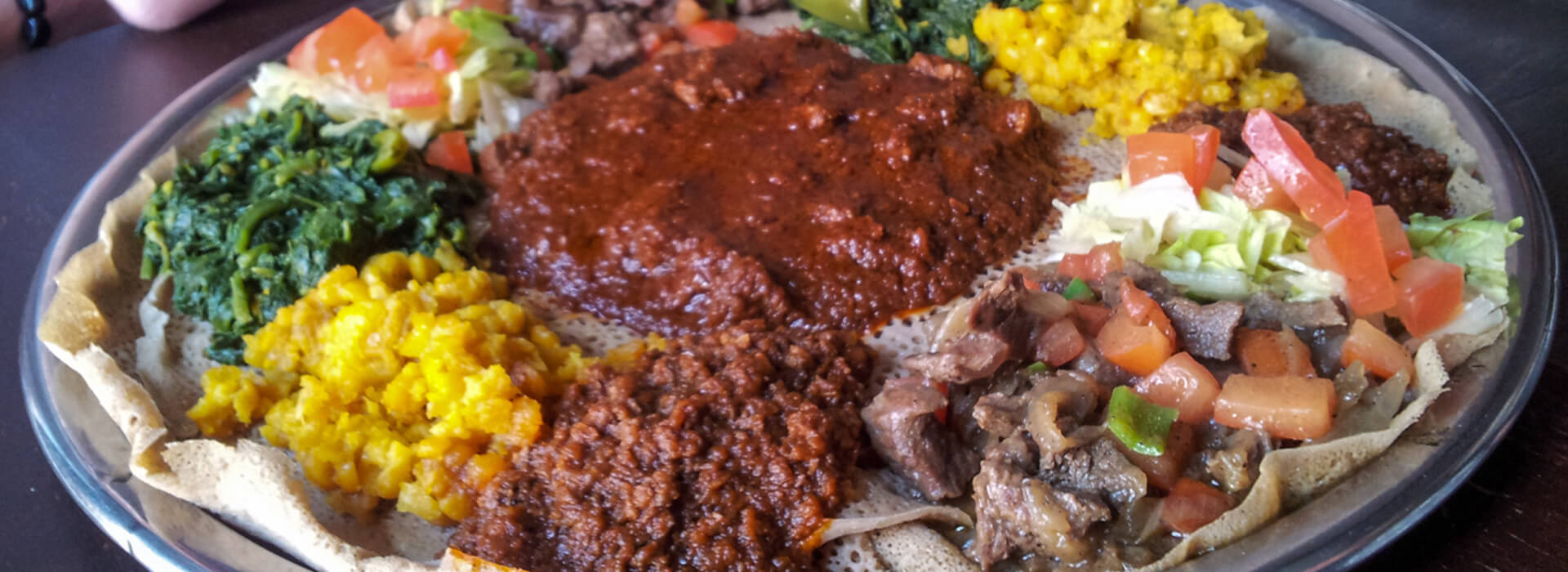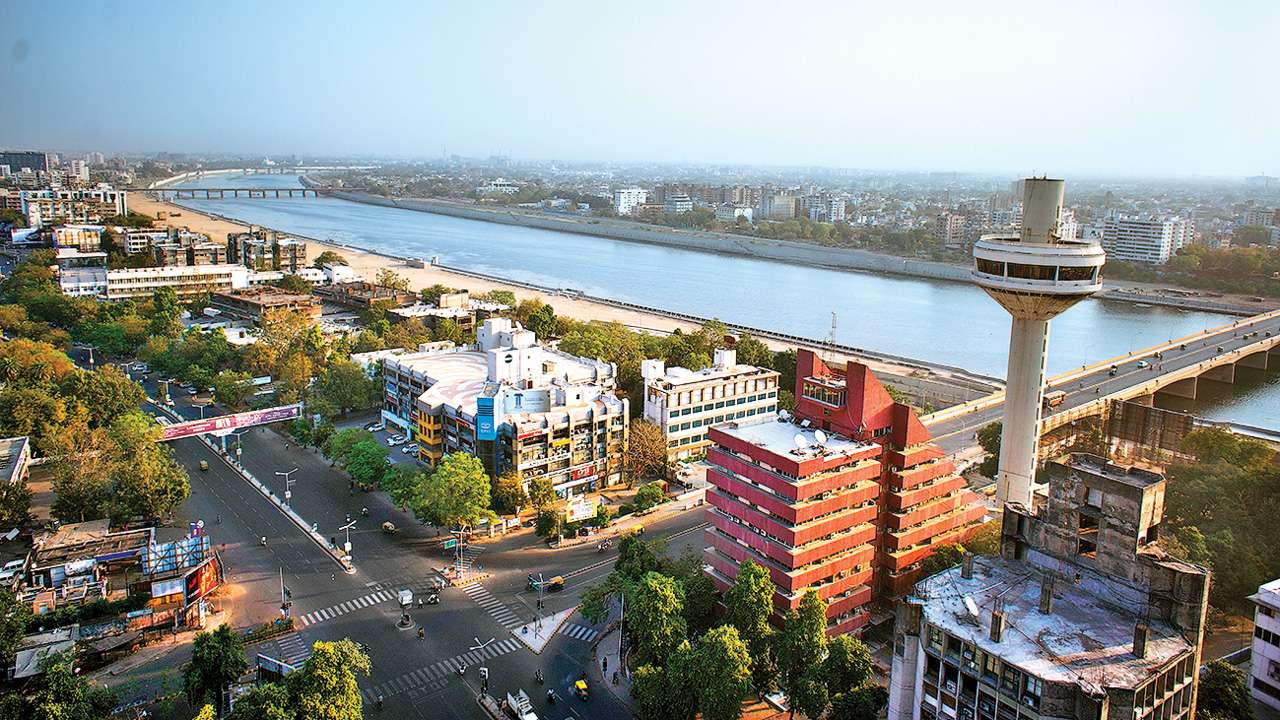Foods to Try in Rwanda: Rwanda may not be as famous as a foodie destination as some of its continental brethren – think South Africa or Morocco – but this land-locked nation in the middle of East Africa packs a memorable culinary punch nonetheless. . In a country that is incredibly fertile, yet too mountainous to lend itself to large-scale agriculture, farm-to-table dining is the order of the day.
This is especially true for the majority of low-income Rwandans, many of whom depend on subsistence farming for their diet. As such, meat is a dish often reserved for special occasions, and naturally occurring crops, including bananas, beans, avocados, and cassava, reign supreme. And to wash? Urwagwa is a traditional beer made from fermented bananas.
10 Foods to Try in Rwanda
- Ugali
Not so much Rwandan cuisine as a staple in sub-Saharan Africa, Ugli is a major player in many Rwandan cuisines. A hard porridge made from corn flour and softened in boiling water or milk until it takes on an almost flour-like consistency, it has a very mild flavor in its own right – without eating rice or couscous. When served as a starch with country-rich stews and sauces, however, it becomes a filling addition that is guaranteed to both satisfy and provide much-needed energy. In traditional Rwandan homes and restaurants, ugli also replaces utensils, which are used by diners to clean the rest of their food with their fingers.
- Ikinyiga
If you’re passionate about peanut butter, you’ll love ikinyiga, another Rwandan dish made from peanuts that grow naturally in its humid, tropical climate. To make ikinyiga, peanuts are first softened in boiling water and ground until their own oil turns the resulting pulp into a smooth paste. The paste is used to make soups or sauces, with the exact ingredients and consistency varying from chef to chef. Often, this includes everything from eggplant to okra and bay leaves, which gradually lose their flavor when left to simmer over low heat. Ikinyiga is often served with matok and/or ugali, the latter providing the perfect dense consistency to soak up its rich flavor.
- Igitoki
Also known as matok in neighboring Uganda (where it also has national dish status), igitoki shares its name with the banana cultivar from which it is made. This banana is unique to the African Great Lakes region, and unlike the bananas we are used to in the Northern Hemisphere, are usually harvested while still green. The flesh of raw igitoki is white, but turns yellow when boiled in a pot of water over a fire. Chefs usually use their own cut stalks of bananas to keep them clean from boiling water. When softened, the meat is mashed so that the resulting dish resembles mashed potatoes—but with a more sweet flavor. Igitoki is usually served as a side to a large main meal.
- Isombe
Rwanda is truly a paradise for vegetarians, and isombe is another plant-based staple that often appears on traditional menus. Simply put, it is a dish of cassava leaves; But the actual process of making it is much more complicated, often taking several hours to complete. Firstly, boil the cassava leaves in a pot of cold water. While they boil, other vegetables are prepared and added to the mix—examples include onions, spinach, and green peppers, although the exact ingredients may vary. Next, palm oil and peanuts, salt, and spices are added to taste, before the resulting stew is ready to eat. As usual, it is usually served with ugali.
- Sambaza
As a country without a coastline, seafood is not prevalent in Rwanda except in the more upscale restaurants of Kigali. Those craving fish are most likely to encounter freshwater tilapia or Sambaza, a special delicacy of Lake Kivu. If you’re headed to this African Great Lakes in Far Eastern Rwanda, you’ll see fishermen rushing out to torch their nets in hopes of catching thousands of these tiny, sardine-like silverfish. They populate the deep waters of the lake; and the menu of its waterfront restaurant, which serves them deep-fry by a handful. Crunchy in texture and both salty and sweet in taste, Sambaza is typically served with a dipping sauce of peanuts, mayonnaise, or spicy pili pili.
- Agatogo
Another meaty staple (though it can also be made vegetarian), agatogo is a plantain-based stew stuffed with hearty beef or goat pieces. Bananas, as their starchy, salty cousin, make this dish particularly filling, especially when generously served with tomatoes, onions, garlic, and green leaves (sometimes cassava leaves, sometimes wild spinach). quantity increases. In fact, they’re so filling that rumor has it that the dish is referred to as “hangover stew” by the Peace Corps. Meat can sometimes be substituted for fish, or omitted altogether if dietary requirements or financial constraints apply. Like many Rwandan dishes, agatogo is given the final flavor kick by a sprinkling of ground peanuts, which are added just before serving.
- Kachumbari
Like your vegetables crunchy and with as little preparation as possible? Kachumbari is the side dish for you. The name “kachumbari” is a Swahili word, but the origin of the dish is Indian – it was probably brought to the coasts of Kenya and Tanzania by older traders and gradually moved inland into Rwanda, Uganda, and Burundi. Essentially, kachumbari is a salad made from chopped, raw onions and tomatoes, often tossed with chili peppers and/or cucumber. Lemon or lime juice is also used as a type of vinaigrette to bring out the fresh flavor of the vegetables that make up this dish. A delicious accompaniment to barbecued meats, stews, and even plain old ugali or rice.
- Igisafuria
Also known as Igisafuliya or Igisafraya, this dish takes its name from the Kinyarwanda word for “pot”. It is so-called because, like Moroccan tagine or South African potjiekos, it is prepared in a single pot placed over a fire for a long period of time to allow the ingredients to cook in their own juices using minimal water. The exact ingredients vary as the chef is in charge on any given day—though typically chopped meat (chicken, goat, beef) and vegetables (potatoes, plantains, peppers, onions, tomatoes, beans, or even vegetables) that bananas) take center stage. The meat is first seared in hot oil, before vegetables, spices, seasonings and a limited amount of water are added to make a rich, flavorful stew with plenty of liquid.
- Brochettes
Meat lovers need not despair; Although most of Rwanda’s iconic dishes are vegetarian (and often vegetarian as well), meat is still widely available in most restaurants. A particular favorite is commonly seen at roadside food stalls – Brochet, a French word that was probably introduced into common parlance during the time of the Belgian colonization. Brochettes are raw meat and/or vegetables, cooked over an open fire. The exact ingredients depend mainly on what is available at the time, although common meats in Rwanda include beef, goat, and chicken. Closer to Lake Kivu, tilapia pieces can be exchanged. Chili oil is a popular tasting option, so be sure to check it out if you’re not a fan of spicy foods.
- Mizuzu
Got some sweet tooth? Rwandan cuisine has a lot going for you too. One of the most popular is mizuzu, a very simple, inexpensive sweet treat made from deep-fried slices of ripe banana. Although generally savory rather than sweet, bananas caramelize when fried and turn a delicious golden brown. For added sweetness, they can be drizzled with honey or sprinkled with sugar. Either way, mizuzu is best enjoyed and goes beautifully with a post-meal cup of rich Rwandan coffee.
Similar Articles
- Breakfast around the World
- Hong Kong – Top 10 Foods to Try
- Foods to Try in Argentina
- Countries with the spiciest food
Important Links









